Description
Period oil on canvas portrait depicting King James II in armor in long flowing wig.
Painted in an oval border on rectangular canvas and mounted in an antique carved
gilded frame (minor defects, back repainted). Unsigned. Canvas measures 30″ by 25
1/4″, the surface showing great age and crackling. Framed size 35 ½” x 30 3/4″.
King James II of England and James VII of Scotland (1633-1701), second surviving son
of King Charles I, was the last of the English Stuart kings and reigned only from 1685 to
1688. He was an unpopular king, largely because he was Catholic and strongly
opposed by the Anglican Church. Opposition to his ascension as king began almost
immediately and spawned two 1685 rebellions, Argyll’s Uprising and the Monmouth
Rebellion, both of which were easily defeated. To discourage future rebellions James
enlarged his standing army. When James’ wife gave birth to a son, James Francis
Edward, in June, 1688, it ignited fears of a Catholic succession and Protestant nobles
invited William of Orange, nephew and son-in-law to James, to come to England with an
army. Despite having numerical superiority, James declined to attack the invading army
and instead fled to France, where he was offered a palace and pension. Parliament
declined to depose James, but declared that his flight amounted to an abdication and
declared his daughter Mary as queen. Thus ended the “Glorious Revolution” and began
the reign of William III and Mary. It would have far-reaching consequences, as both
James’ son (the “Old Pretender”) and grandson, Charles Edward Stuart (Bonnie Prince
Charlie, or the “Young Pretender”), had legitimate claims to the throne which resulted in
the Jacobite Rebellions of 1715 and 1745. The last uprising ended in the resounding
defeat of the Jacobites at the Battle of Culloden in 1746. It would be the last land battle
fought on British soil.


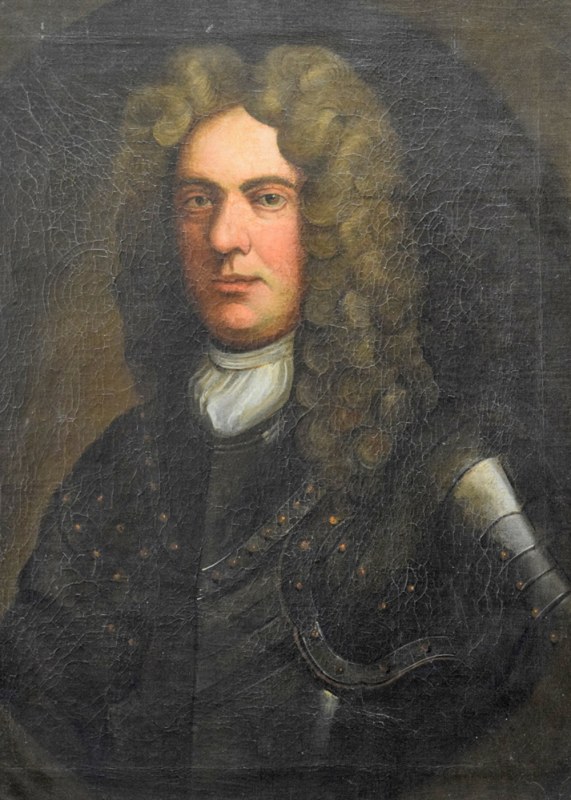
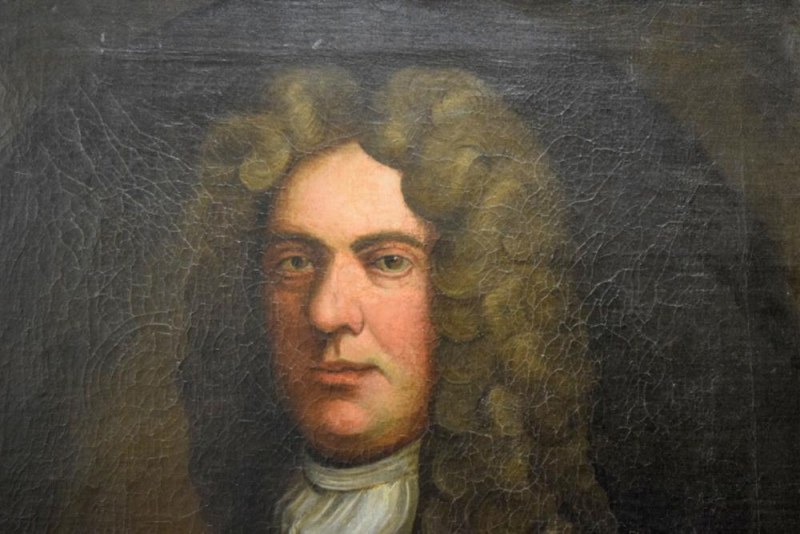
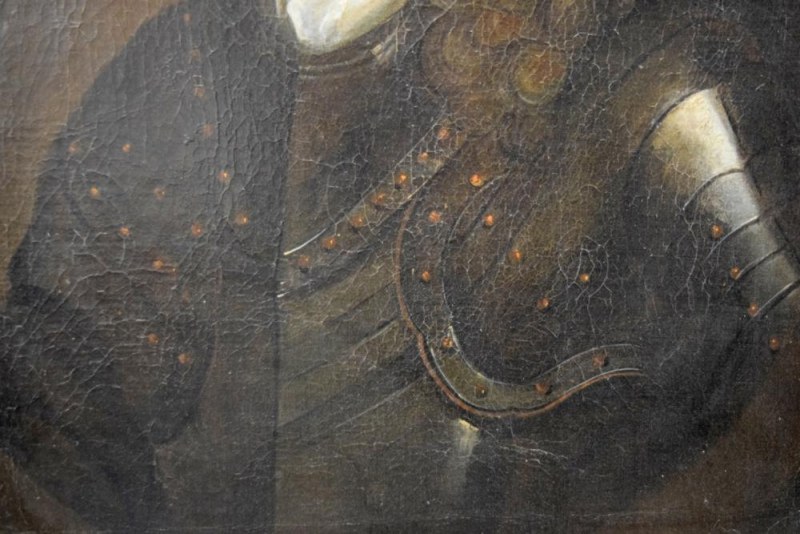
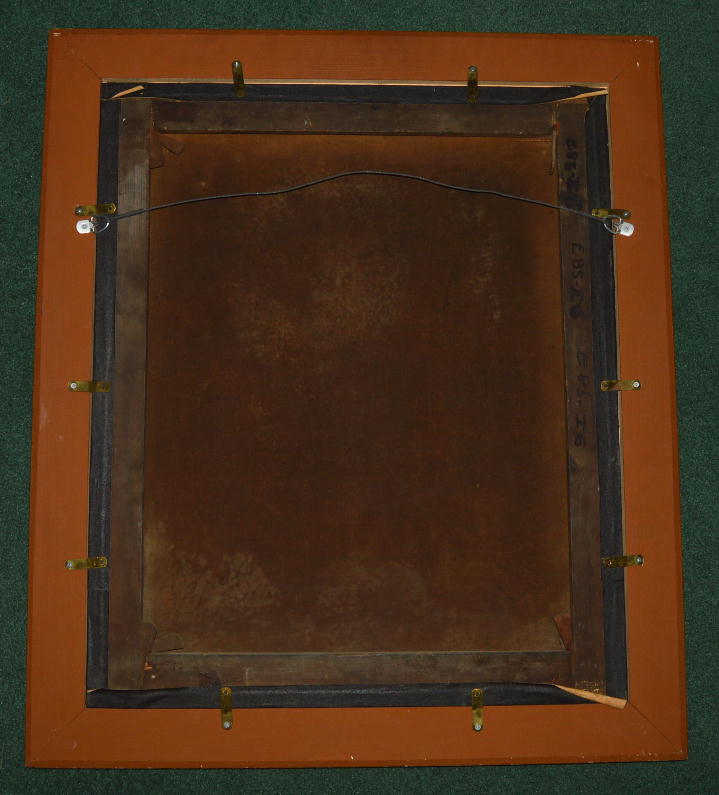
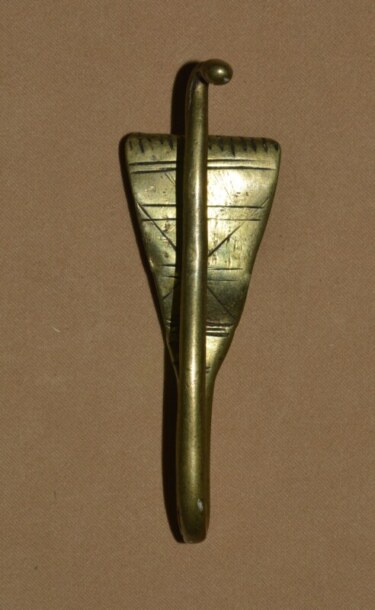 18th C Sword Hanger
18th C Sword Hanger 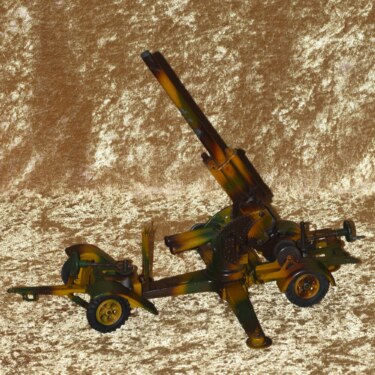 Pre-WWII Lineol German Model 88mm Anti Aircraft Gun & Carriage
Pre-WWII Lineol German Model 88mm Anti Aircraft Gun & Carriage 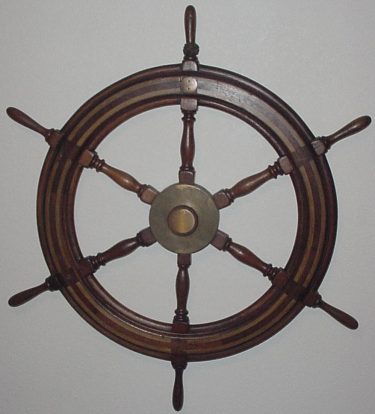 Ship’s Wheel from D-Day Blockship
Ship’s Wheel from D-Day Blockship 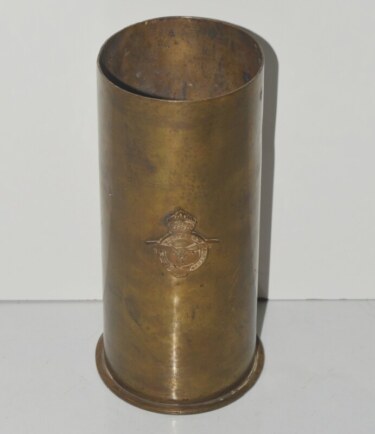 British WWI Royal Flying Corps Trench Art Shell
British WWI Royal Flying Corps Trench Art Shell